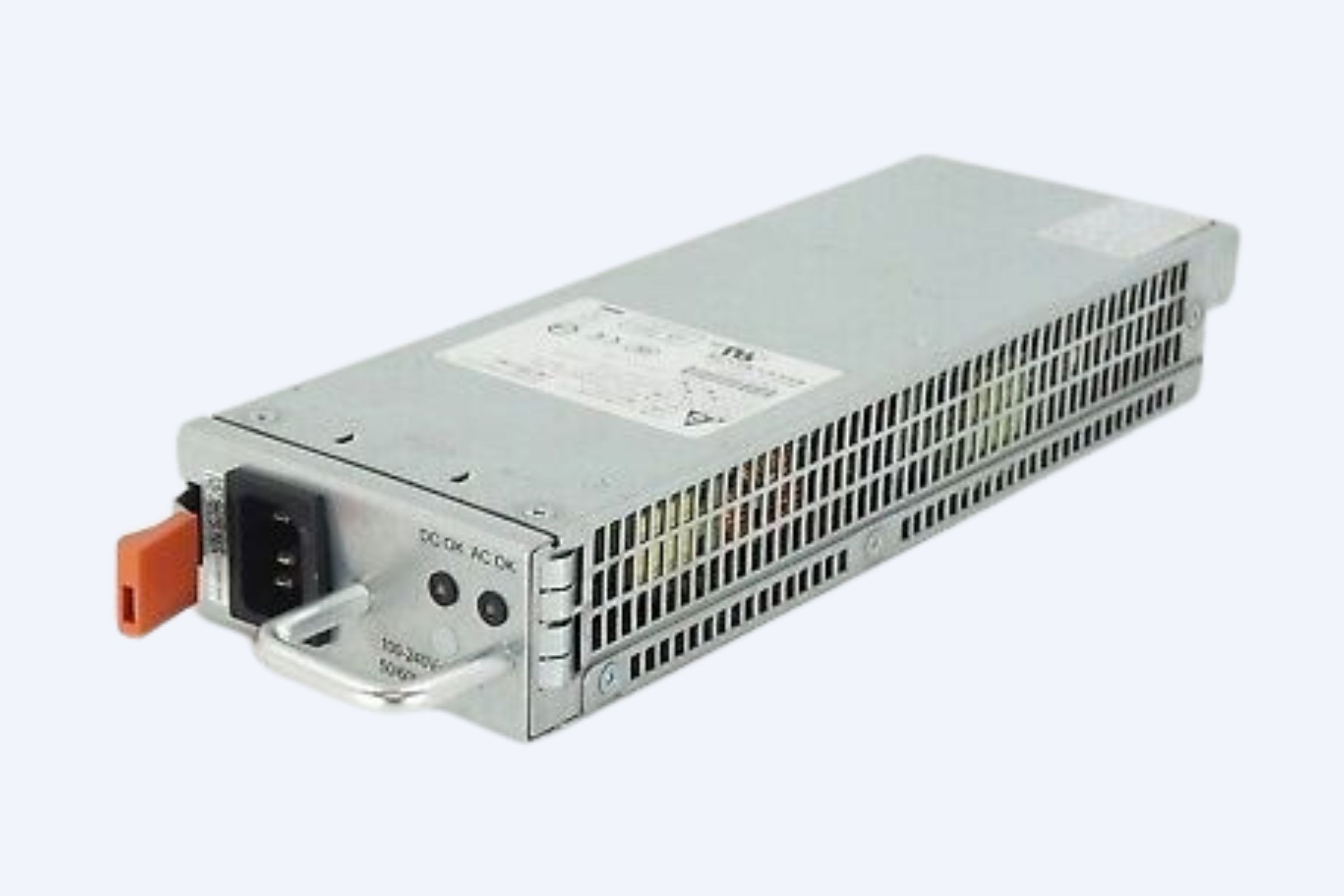Converting kVA (kilovolt-amperes) to kW (kilowatts) involves multiplying the kVA by the power factor (PF). This conversion reveals the real usable power from apparent power. The formula is simple: kW=kVA×PF, where PF ranges between 0 and 1 and reflects power efficiency.
How Do You Convert kVA to kW Precisely?
To convert kVA to kW, multiply the kVA value by the power factor (PF) of the electrical load. The formula is:
kW=kVA×PF
For example, a 100 kVA generator with a power factor of 0.8 delivers:
100×0.8=80 kW
This conversion shows the real power output, considering the system’s efficiency.
What Is the Difference Between kVA and kW?
kVA (kilovolt-amperes) represents apparent power, which is the total electrical power supplied including reactive power. kW (kilowatts) represents real power, which is the power actually consumed to perform work. The difference arises due to the power factor:
-
kVA: Total power supplied
-
kW: Usable power output
-
Power Factor (PF): Ratio of kW to kVA, indicating efficiency
Which Factors Influence the kVA to kW Conversion?
The key factor influencing this conversion is the power factor (PF), which depends on the electrical load type:
-
Resistive loads (heaters, incandescent bulbs) have PF close to 1.
-
Inductive loads (motors, transformers) have PF typically between 0.6 and 0.9.
-
Lower PF means less real power (kW) is derived from the same kVA.
Why Is Understanding kVA to kW Conversion Important?
Understanding the conversion between kVA and kW helps in:
-
Accurately sizing generators and transformers
-
Optimizing electrical systems for efficiency and cost
-
Avoiding overloads by knowing real power demands
-
Simplifying power management and operation planning
How Can You Calculate kW If You Only Have kVA?
If only kVA and PF are known:
kW=kVA×PF
Ensure to obtain an accurate power factor; otherwise, the estimated kW will be inaccurate. For example, 50 kVA with a PF of 0.8 equals 40 kW.
Where Are kVA and kW Used Differently in Practice?
-
kVA is used mainly for sizing electrical equipment like transformers and generators, reflecting the total power capacity.
-
kW is used for energy billing and understanding actual energy consumption.
The distinction ensures safety and efficiency in electrical system design.
Can Power Factor Vary and Affect Equipment Performance?
Yes, power factor may vary due to load changes or equipment conditions, affecting real power output:
-
Lower PF decreases effectiveness.
-
Power factor correction devices are used to improve PF.
-
Maintaining high PF optimizes capacity usage and reduces energy losses.
What Tools Help Simplify kVA to kW Conversion?
Online calculators and conversion charts simplify this calculation by allowing inputs of kVA and PF to output kW instantly. These tools are valuable for engineers and technicians assessing electrical loads.
Here is a sample conversion table assuming a PF of 0.8:
| kVA | kW |
|---|---|
| 10 | 8 |
| 25 | 20 |
| 50 | 40 |
| 100 | 80 |
| 200 | 160 |
| 500 | 400 |
How Does Wecent Enhance Electrical Equipment Understanding?
Wecent provides enterprise-class servers and IT infrastructure solutions that incorporate expertise in power management. Their focus on quality and efficiency aligns with understanding power metrics like kVA and kW, ensuring clients receive reliable, high-performance hardware tailored to real power needs.
What Are the Common Mistakes When Converting kVA to kW?
-
Assuming power factor is always 1, leading to overestimation of real power.
-
Ignoring changes in load type that affect PF.
-
Using apparent power (kVA) values directly for billing or real power tasks.
Correct conversion helps avoid these pitfalls for better operational management.
Wecent Expert Views
“At Wecent, we emphasize the critical role of accurate power calculations in enterprise IT infrastructure. Understanding the distinction and conversion between kVA and kW is fundamental for efficient power management and system design. Our solutions focus on delivering hardware that meets exact power requirements, optimizing performance and reliability in data centers and industrial applications. We believe that educating professionals on power factor and real power maximizes energy efficiency and reduces costs, securing long-term value for business operations.” — Wecent Technology Team
Conclusion: Key Takeaways and Actionable Advice
Converting kVA to kW is essential for precise power management. The power factor is the crucial element in this calculation, directly influencing how much real power a system delivers. Always check and use the correct power factor for accurate conversion. Utilize tools like calculators and charts to simplify the process. Wecent’s expertise in IT and power systems supports businesses in achieving efficient, reliable, and cost-effective solutions by integrating accurate power understanding into their infrastructure.
Frequently Asked Questions
Q1: What is the formula for converting kVA to kW?
A: kW = kVA × Power Factor.
Q2: Can kVA be equal to kW?
A: Yes, when power factor is 1, kVA equals kW.
Q3: Why does power factor affect power output?
A: It represents the efficiency of power usage; lower PF means less usable power.
Q4: How do I find my system’s power factor?
A: Through electrical measurements or equipment specifications.
Q5: Does Wecent offer solutions related to power conversion?
A: Yes, Wecent provides reliable, high-performance IT and power infrastructure tailored to meet real power needs.





















